If you disassemble the map (EVGA even did it on the homepage), then you can already see at first glance that you have already made a real effort here. One also relies on an assembly-related structure, in which e.g. the power supply is the first to catch sight. I also wrote that the 12V pins of the motherboard base were not occupied. The multi-layer board is supposed to shine through various coatings, well.
If you remove the heavy copper cooler of the voltage suppliers, the view moves from the SATA connection with the 3.3 and 12 volt rails to the partially shielded part of the power supply. The thermal pads are extremely tough and stick like the plague, but fulfill their purpose quite well. Because it also gets reasonably warm, especially with longer use.
The circuit design is interesting, because one first uses an upward converter, which provides the symmetrical +/- 16.5 volts from the 12 volts supplied by the power supply via the SATA connection, which flows into two separate rails after smoothing and splitting. Then we would have a symmetrical 14.5 volts and the same thing again for the 5-volt rail. Analog and digital assemblies are fed from separate rails, which also makes sense.
Using many smaller support capacitors instead of a few large ones along the voltage feeder not only reduces the height, but is also electrically beneficial. In addition, it also makes the combination of different versions up to the small MLCC caps.
The outputs have it all, especially the headphone output, which I measured in great detail. In the loop with the dual-op-amp OPA275 from ADI, one so-called audio buffer in the form of the LME49600 is used per channel, which acts here as a power amplifier per channel. This IC also has a built-in short-circuit fuse and works with impedances from 16 ohms without complaint. With a little courage you can even drive smaller loudspeakers, because approx. 300 milliwatts per channel in the low-impestate area (then the current limit applies) is sufficient for a moderate room volume. Up there is enough air and it is enough for high-impestate headphones up to 600 ohms.
The slightly smaller line-out has also been equipped according to the standards. The Op-Amp is also a changeable, because only plugged-in ADI AD8056, but without "afterburner". The signal comes from two LME49724 from TI (picture bottom right), which form a linear phased low pass as a full differential amplifier.
This makes sense because it connects the two outputs to the AK4493 from AKM (Asahi Kasei Microdevices), which acts as a digital/analog converter (DAC). The rating is a whopping 123 dB (126 dB Mono) DNR/SNR. This makes it one of the few cards that support 384 kHz and 32 bit audio playback for PCM format and up to 11.29 MHz native DSD playback. Again, there is nothing negative about the capacitors and resistors used, on the contrary.
The line-in is initially implemented via a dual-op-amp OPA1652 from TI, followed by a full-difference amplifier THS4551 from TI and connects the whole to the ADC symmetrically. An AKM AK5572 as a digital/analog converter (ADC) is available for this purpose, which is a very low-noise 32-bit solution for digital high- and low-pass filters.
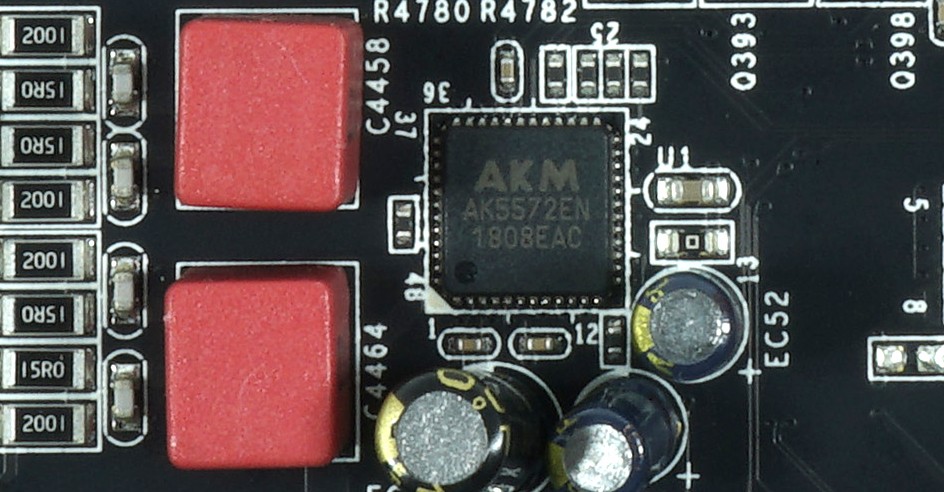
The microphone input runs independently via a Cirrus Logic CS5346, which also adjusts the level, is relatively flexible with the input impedances and can in fact completely replace a separate preamplifier.

AsMedia's ASM1042 is a USB-to-PCIe bridge chip. This allows this internal sound card to be used and addressed like a normal USB device, which solves many problems. The multi-controller chip U11690 from XMOS for controlling the card is also connected there.
With this, we would now have the most important thing through, although I have made the content of the assemblies somewhat different from what the homepage offers. But what is the point of all the effort in the end? Let's just measure it up!















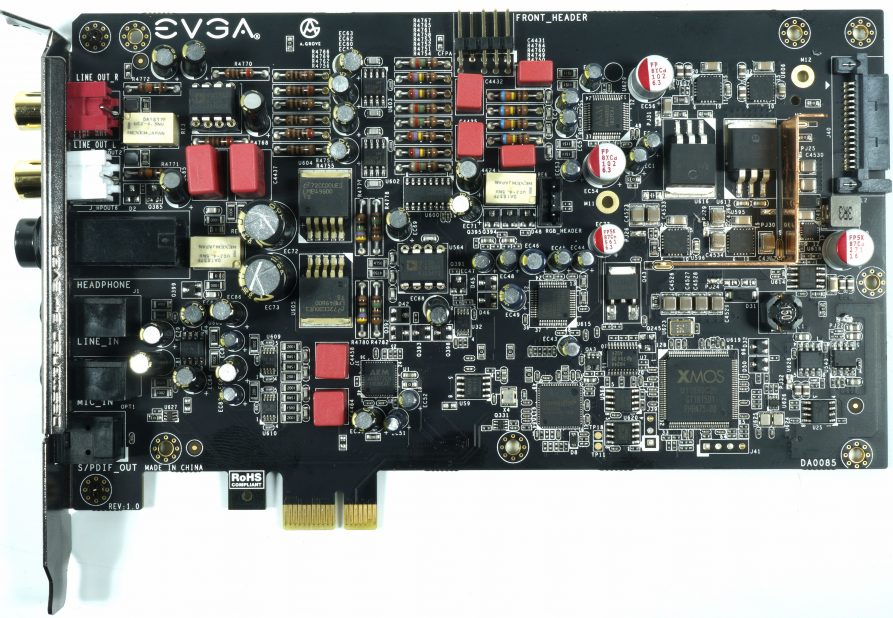
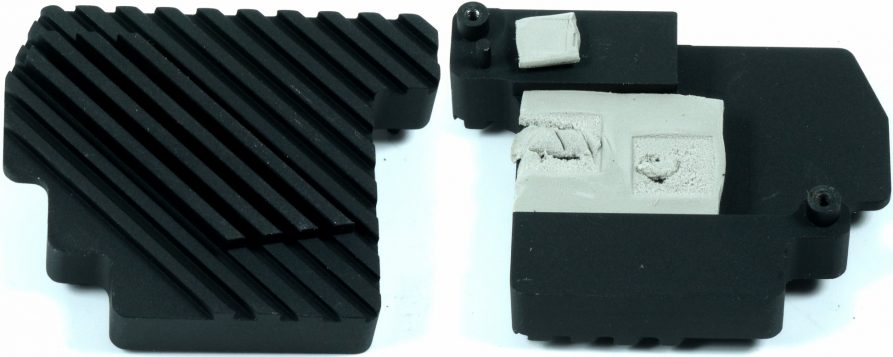
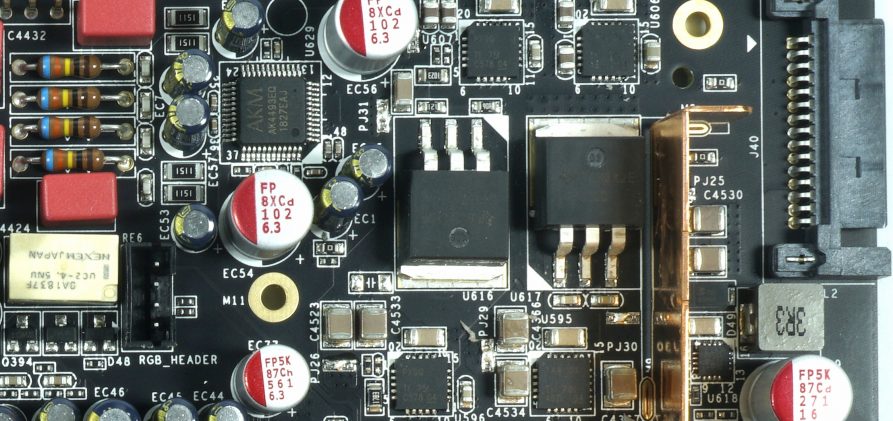
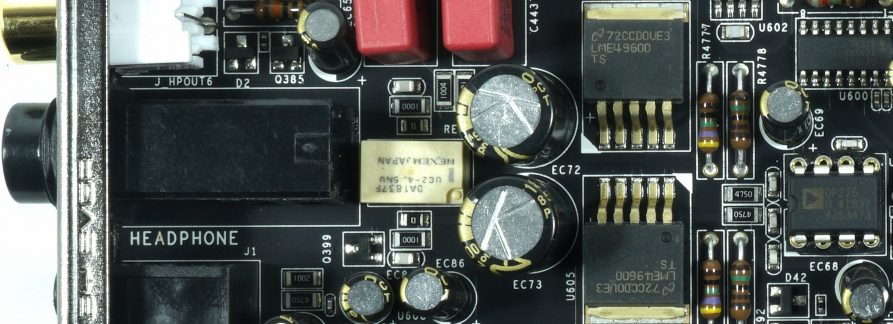
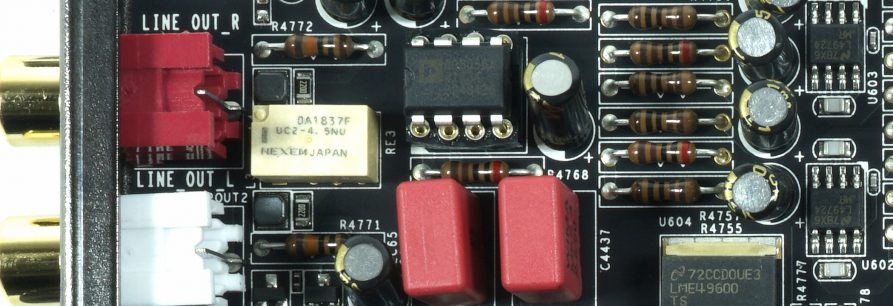
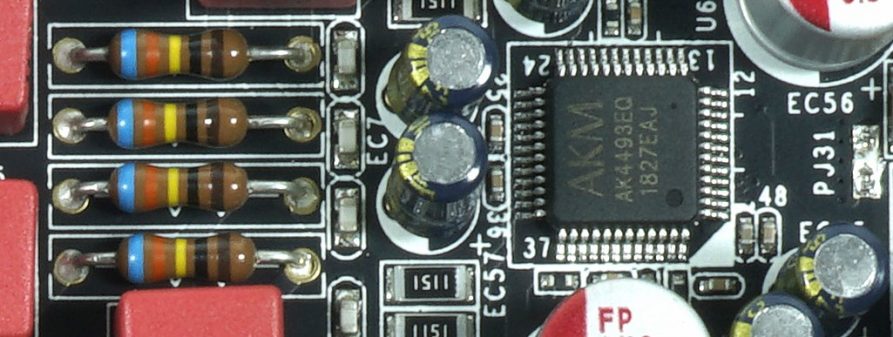
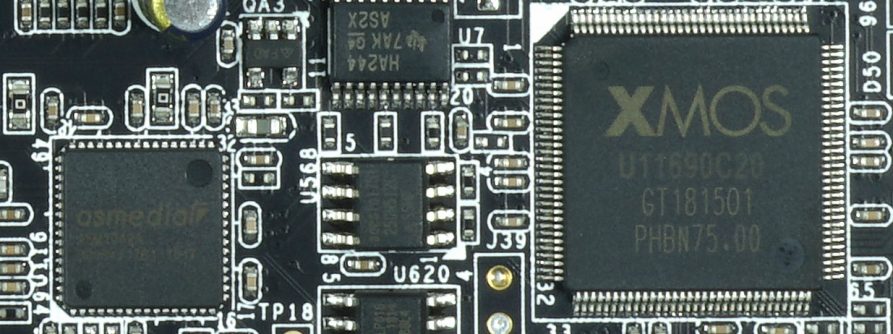



















Kommentieren